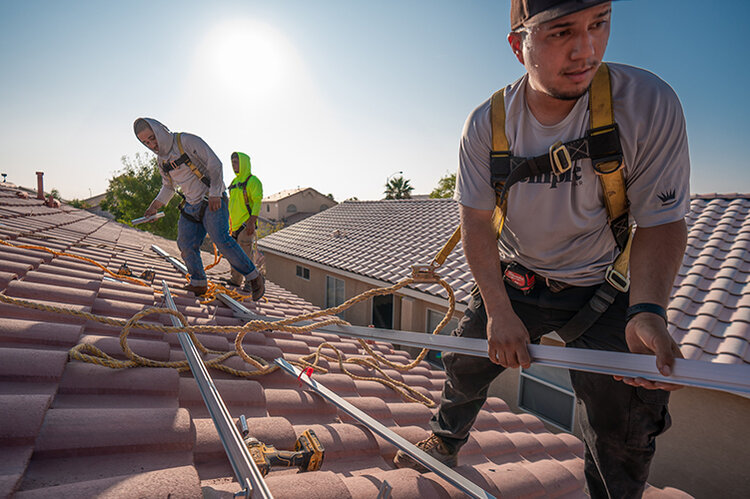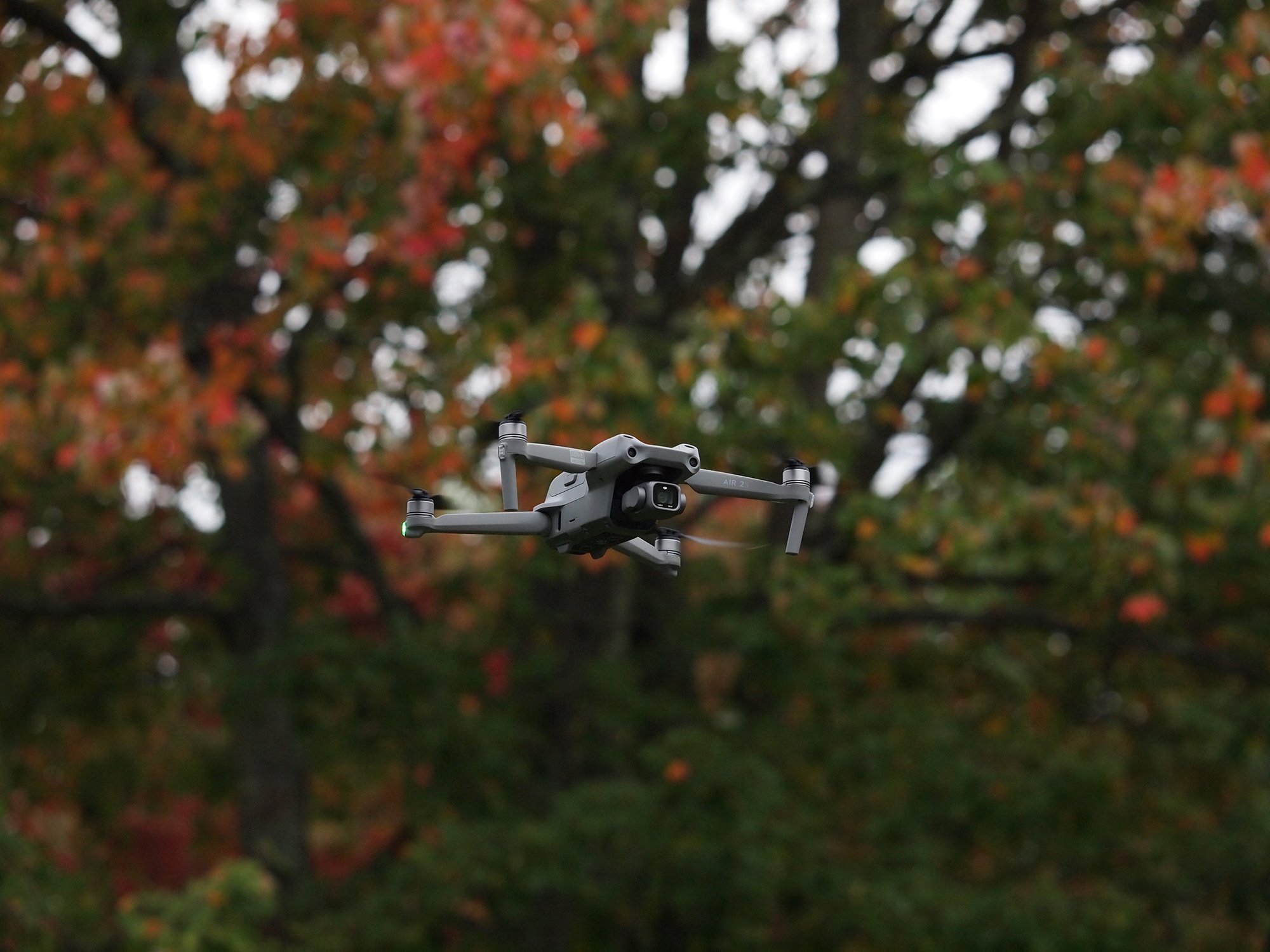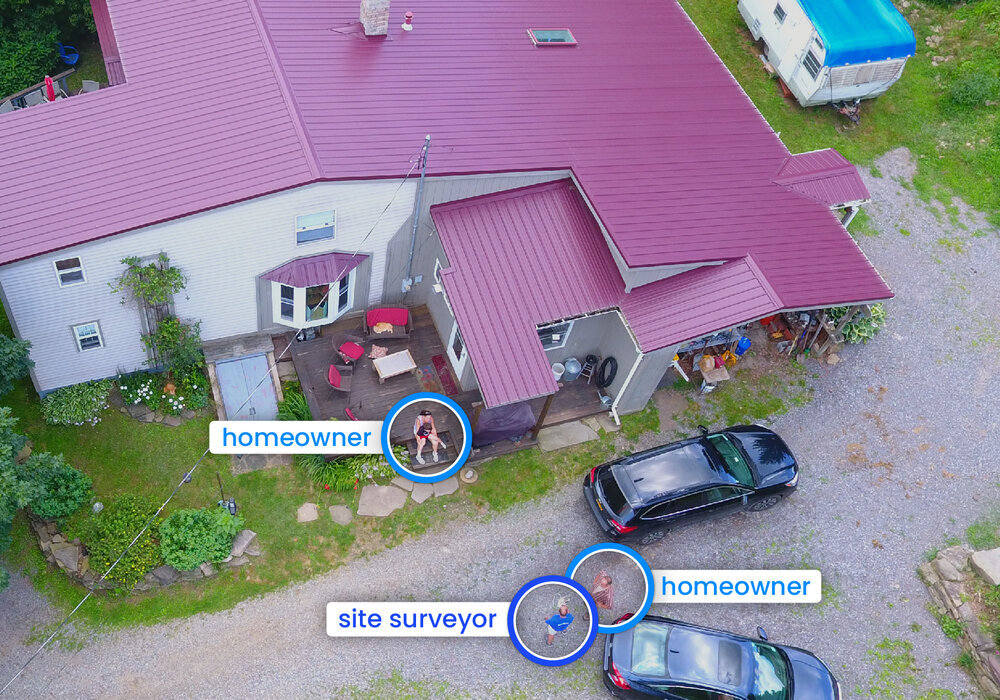Drones have been around for a while but are relatively new in solar. When starting out, many solar contractors are unsure who the best person is to fly the company drone and question whether they should outsource, train internally, or hire someone new. There’s also the issue that hiring people with drone skills is difficult when you consider other factors like location and solar experience.
After seeing thousands of solar surveys at Scanifly, here’s our opinion on the four options solar contractors can take, in order of our recommendation.
Our recommendation: Train your Solar Surveyor
Drones can be involved in four stages in a solar project’s life: surveying, construction reporting, thermal scanning, and marketing. Of the four, surveying is the highest-value because it drives the accuracy of a project’s design and installation.
For this reason, we recommend that your existing Solar Surveyor get training to fly drones. It not only provides a cool factor for customers but also is 5x more efficient and safer than manual solar surveying tactics, resulting in significant time and cost savings.
What’s more is that getting a Part 107 FAA license takes about a week part-time, so your Surveyors will need to take minimal time off of work at most to get certified. There are also many resources to augment training.
From a business standpoint, it’s easier to train a Solar Surveyor on drone flying than it is to train a drone pilot on the nuances of solar surveying, making this a high-value path for adding drones to your toolkit.
Option 2: Train your Installer

If you don’t have a full-time Surveyor or they aren’t interested in drones, the second option we recommend is to train your Installer.
Installers often have surveying experience, which is great for context. But even if they don’t, they will know the nuances of a solar installation and thus know what to look for on site. In similar fashion to Surveyors, it’s easier to train an Installer on flying a drone than it is to train a drone pilot on the nuances of solar surveying and installation.
Option 3: Train your Salesperson
If you can’t get a Surveyor or Installer interested in flying drones, the next best option is your Salesperson. While a Salesperson won’t know all the in-depth details of solar surveying and installation, they will have enough high-level knowledge of solar to take good photos with a drone (especially if they collaborate with a Surveyor onsite).
Further, salespeople handle a lot of the customer interaction, meaning you still get the cool factor that drones offer. And since drones are more accurate than using satellite images, a salesperson with a drone will be able to give a more honest preliminary design for potential customers. This leads to increased alignment between what’s promised and what’s delivered, netting the salesperson much happier customers.
Note: If the Salesperson also doubles as a Site Surveyor, that is the ideal person to fly the drone. This allows you to capture all of the technical details of a site usually in your first truck roll and provide a unique experience for the homeowner.
Option 4: Hire externally
If options one through three don’t work, we recommend hiring a drone pilot and working with them to take any pictures you need. This ensures you get high-quality drone flying skills while a Surveyor, Installer, or Project Manager can guide the pilot in terms of what pictures to take or what to focus on. While this may still require someone getting up on a ladder to check roof health, it will reduce the overall time it takes to conduct a survey and keep things safer, as your team members won’t need to be on the roof for as long.
If you’re looking to hire a drone pilot externally, check out Scanifly’s solar contractor guide to hiring a drone pilot.
One additional benefit to hiring externally is start up time. By hiring a drone pilot as a contractor, you can in effect begin your drone surveying program immediately. Some contractors will do this method just to get going and then eventually transition to training internally. Ultimately, from a cost and timing perspective, having the drone pilots be internal employees is best, unless you operate across a wide geography and / or have very intermittent project needs.
Flying into the future of solar

Solar is already the cheapest electricity source ever, and drones make the backend process even more efficient for contractors and customers alike. However, a new bottleneck of drone pilot talent is emerging as more solar contractors realize the value of drones. Many are even paying more for drone skills.
While it’s best to develop drone flying talent in-house, we recognize sometimes that’s not possible, and you’ll need to work with external drone pilots. Regardless, though, adding drones to your toolkit as a solar contractor means saving money and time for your business while getting more accurate designs that lead to happier customers.






